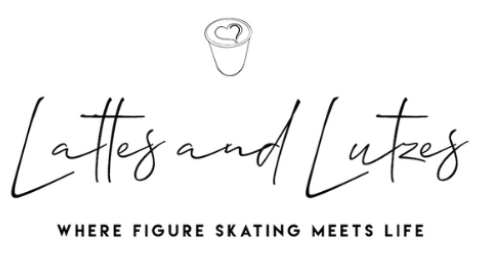How to Create the Powerful Impact of Ice Shows

Are ice shows just something to do once the competition season is over? What is the impact on audiences of non-skaters? And what really goes into producing one of these events? I recently had the opportunity to sit down with Brad Vigorito—coach, choreographer, show producer, and former competitive skater—to discuss the unique influence of ice shows on both audiences and skaters alike.
The Art and Sport of Ice Shows
One of the first topics we explored was the duality of ice shows as both art and sport. According to Brad, ice shows have the power to expose the beauty of skating to new audiences. “It exposes our sport in a way that highlights not just the athleticism but the artistry,” Brad shared. “You see skaters performing their hearts out, not just for judges but for the joy of entertaining a crowd. It’s very different from competition.”
Unlike competitions, where the focus is on technical elements and scores, ice shows give skaters the freedom to express themselves artistically. Audiences are treated to a range of emotions—from comedic acts to powerful, emotional performances. And as Brad emphasized, “Judges are audience members too, but audiences pay to be entertained. They want to feel something.”
Finding Growth Through Shows
For skaters, ice shows provide a unique opportunity for growth. Brad explained that shows allow athletes to explore new styles, step out of their comfort zones, and experiment without the pressures of competition. “When I was competing, we had our season from May to January. After that, I always had shows lined up, and I used them as a way to test new music or choreography,” he said. “Some of my best programs started out as show performances.”
Brad encouraged skaters to take full advantage of these opportunities. “Don’t just see shows as a way to make money or fill time. Push yourself to try something different. You never know where it will lead.”
Social Media and Show Selection
As the conversation shifted toward how skaters are chosen for shows, Brad highlighted the importance of self-promotion in today’s digital age. “Social media has become a huge tool for skaters. You need to be your own advocate,” he explained. In his days as a skater, it was mostly up to coaches to promote their higher-level athletes, but now skaters can directly connect with producers and fans through platforms like Instagram and TikTok.
Brad also touched on the criteria used for selecting skaters for some shows, such as the Frog Pond events in Boston, which he co-produces. “We use a black-and-white system based on competition results, but as a producer, I also want to see that the skaters take the show seriously. It’s my job and reputation on the line.”

The Magic of Performing Live
One of the most compelling parts of the interview was when Brad discussed the energy of performing live, particularly in outdoor settings like the Frog Pond. “There’s nothing like it,” he said. “I remember skating in outdoor shows, and it was snowing so heavily we could barely see each other. But looking up at the sky, performing under those conditions—it’s magical.”
However, outdoor performances come with their own set of challenges, from unpredictable weather to the pressure of performing after being off the ice for hours. Brad explained that in shows, skaters often don’t have the luxury of traditional warm-ups, and they need to be ready to perform in less-than-ideal conditions. “You don’t see skaters doing their hardest tricks in shows because they’ve been off the ice for hours. It’s about staying professional, keeping warm, and delivering an entertaining performance.”
The Challenges of Producing a Show
As a producer, Brad has seen firsthand how much work goes into creating a successful ice show. From structuring the program to dealing with unpredictable factors like weather or budget cuts, producing a show is no easy task. “You want to catch the audience’s attention at the beginning and end, with strong opening and closing numbers,” Brad explained. “But you also have to balance high-energy group performances with solo acts and ensure everyone skating feels valued.”
Brad also emphasized the importance of accessibility in choreography. “You want to create something that everyone can participate in, whether they’re a beginner or an advanced skater. Simple moves, when done well, can be incredibly powerful.”
The Future of Ice Shows
As our conversation came to a close, Brad reflected on the future of ice shows and the challenges they face, particularly in the post-pandemic world. Audience engagement has been difficult to regain, and issues like music copyrights have made it harder to livestream or share performances. “We’re so fortunate to have social media and YouTube, but it’s still harder every year to get the sport the exposure it deserves,” he said.
For Brad, the beauty of ice shows lies in their ability to make skating accessible and relatable to everyone, not just elite competitors. “Shows are the one place where audiences can connect with the skater, feel something, and be amazed. That’s why I’m passionate about keeping this tradition alive.”
Ice shows are more than just performances—they’re a platform for skaters to grow, for audiences to fall in love with the sport, and for the magic of skating to be shared with the world. As Brad Vigorito aptly put it, “It’s a feeling that goes beyond gold medals. It’s about creating moments that last a lifetime.”










